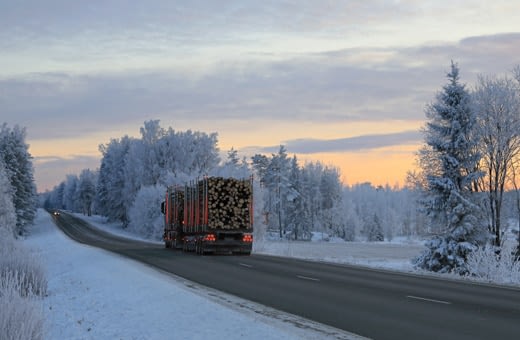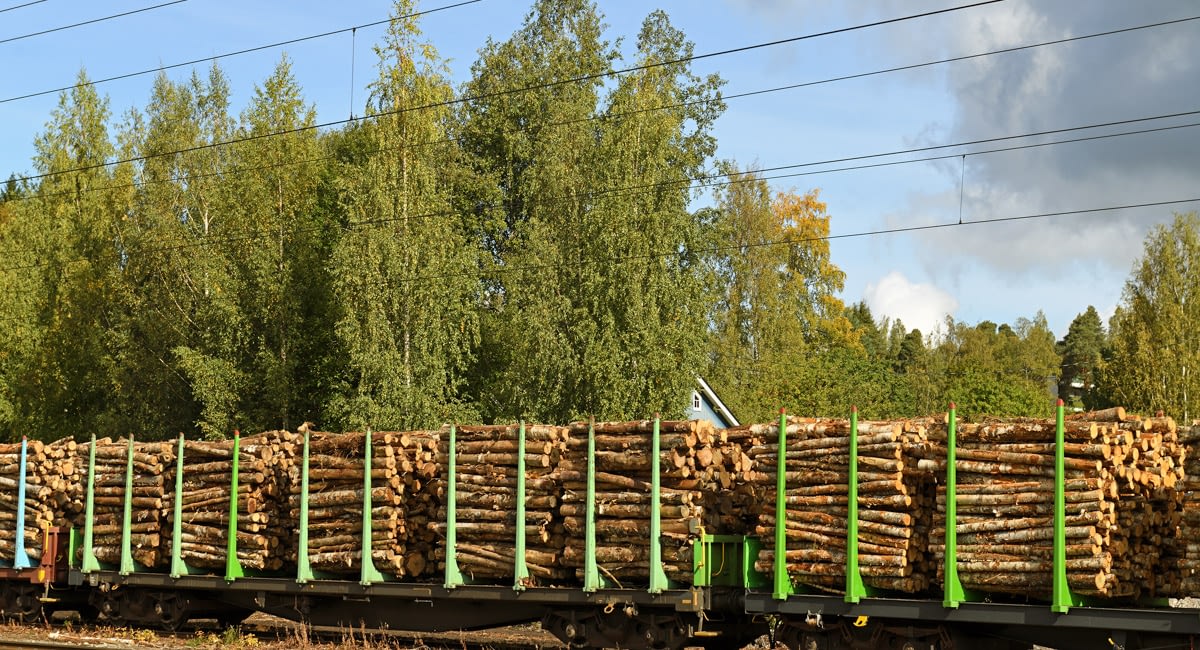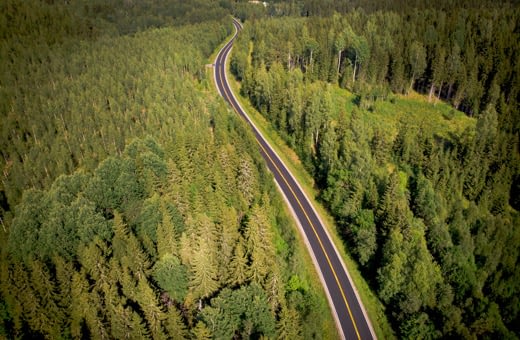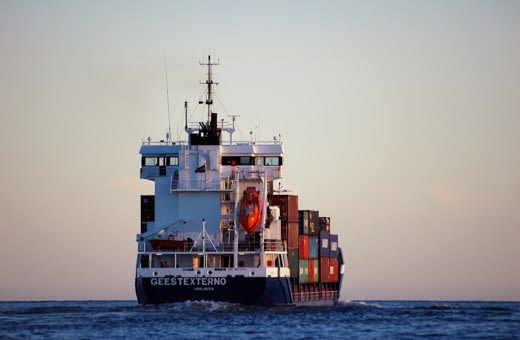The reason why Finnish and Swedish transport have higher weights and dimensions goes way back. The practice has evolved into well-working and effective cross-border logistics, which meets the specificities of the operational environment and industry needs.
Co-legislators have returned from their Christmas break, and they are ready to continue to revise the Weights and Dimensions Directive. Among other things, the proposal aims to clarify European rules for crossing borders with heavier and longer vehicles. While Member States will continue to have the final word on whether higher weights and dimensions are appropriate for use and compatible with their transport system and infra, they would also be obliged to allow in cross-border traffic circulation from neighbouring countries following the lowest joint denominator.
This is an important goal for the EU to ensure free movement of goods and remove unnecessary regulatory barriers. Decisions made to allow higher weights and dimensions level are not done lightly on member state level and require extensive understanding of the benefits and challenges. In Finland developing higher weights and dimensions has successfully improved energy and cost-efficiency of long-haul transport, as many regions are sparsely populated and railways, thus, unprofitable to build. For example, the latest increase of national weights in Finland from 60 to 76 tons in 2013 cut back the fuel consumption, and consequently emissions, of round-wood transport by up to 20 %¹. Alone in the forestry this has reduced cargo loads by more than 25 % on the national roads².
For decades, the Nordics have developed their transport systems to meet the specificities of the operational environment and business / industry needs. In both Finland and Sweden, the population is highly concentrated to the south while industry, especially forest industry, has continued to be positioned all over these countries. Therefore, Finland and Sweden have relied on much heavier and longer vehicles and vehicle combinations.
One size does not fit all
Heavier and longer vehicles have proved to have their right place in the Nordic countries. The revision of the directive must continue to give certainty for well-working cross-border practices between Finland and Sweden and ensure border crossing with the fleet currently in use.
Let’s keep in mind that regional industries operate in cross-border ecosystems, which will be disturbed if new regulatory barriers will be introduced. The northern parts of Finland and Sweden have evolved into a vast joint wood acquisition territory, with free movement of goods. Over 16 000 wood trucks cross the land border annually in areas where general traffic count is low and thus rail connections are unprofitable to build. The amount of wood cargo over the border is about to double due to new investments.
As co-legislators return to the drawing table, it is important to remember the reasoning behind the current practices and not to create unnecessary regulatory barriers. The legal framework must continue to give certainty for investments in cases where neighbouring countries have already allowed higher weights and dimensions. Solutions are needed as “one size fits all” does not work in different parts of Europe and in duly justified cases we must be able to supplement the legal framework to ensure continuation of well-working practices.

¹ Palander&al, 2020, page 13: Sustainability | Free Full-Text | Comparison of Energy Efficiency Indicators of Road Transportation for Modeling Environmental Sustainability in “Green” Circular Industry (mdpi.com)
¹ Venäläinen&Poikela, 2022, page 13: https://www.metsateho.fi/wp-content/uploads/Tuloskalvosarja-2023-11-Impacts-of-Higher-Vehicles-Weights-on-Timber-and-Chip-Transportation-in-Finland.pdf






